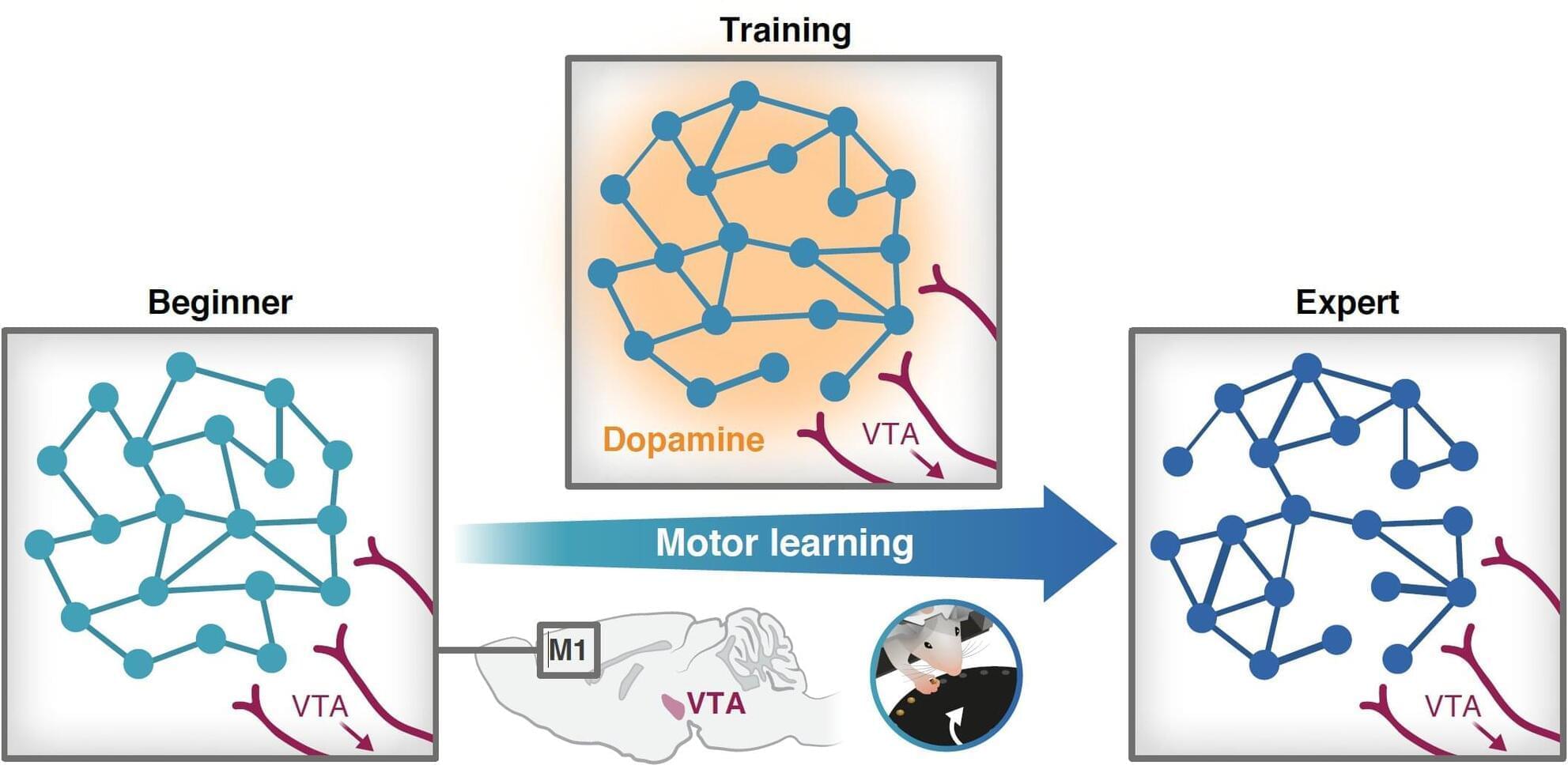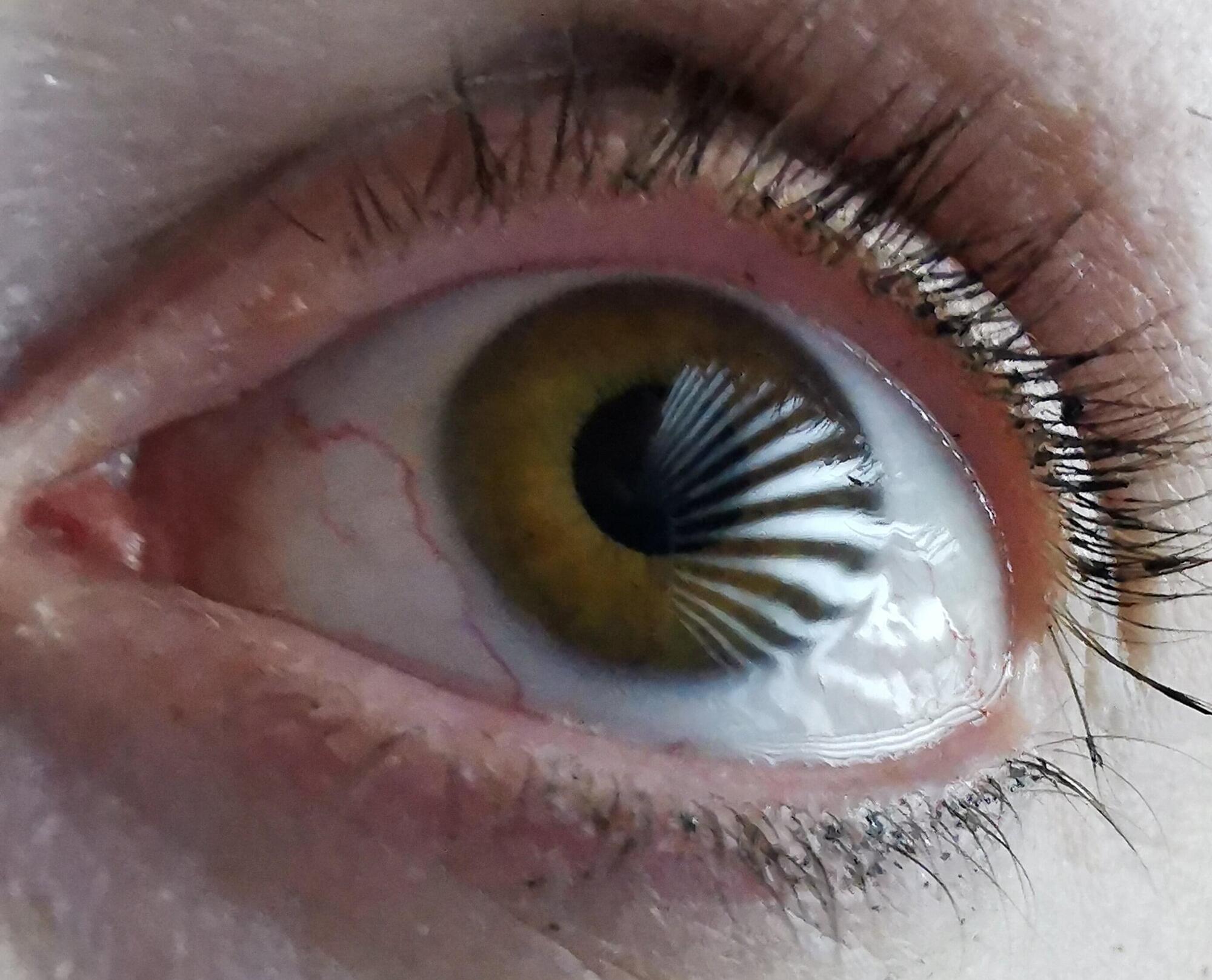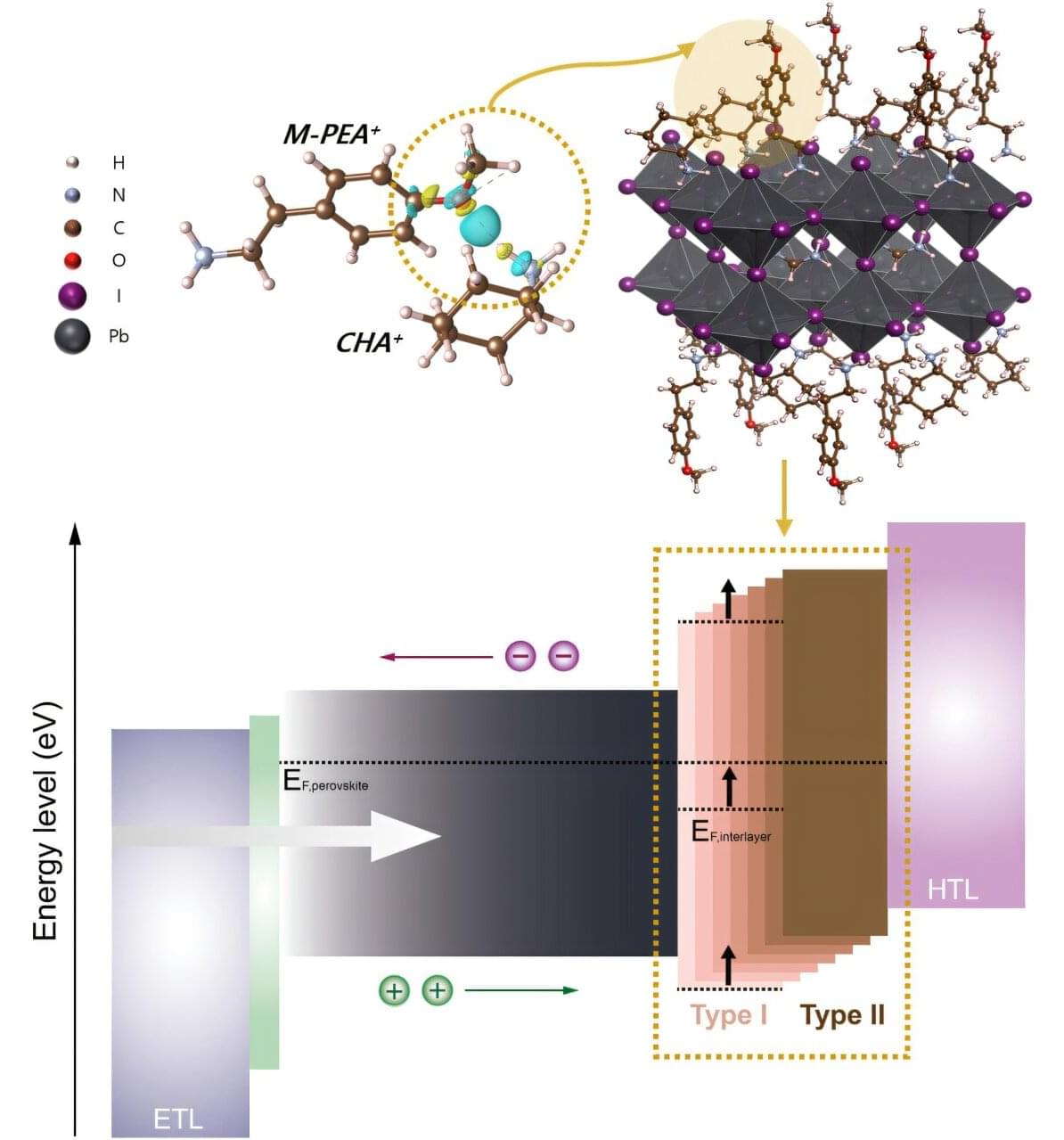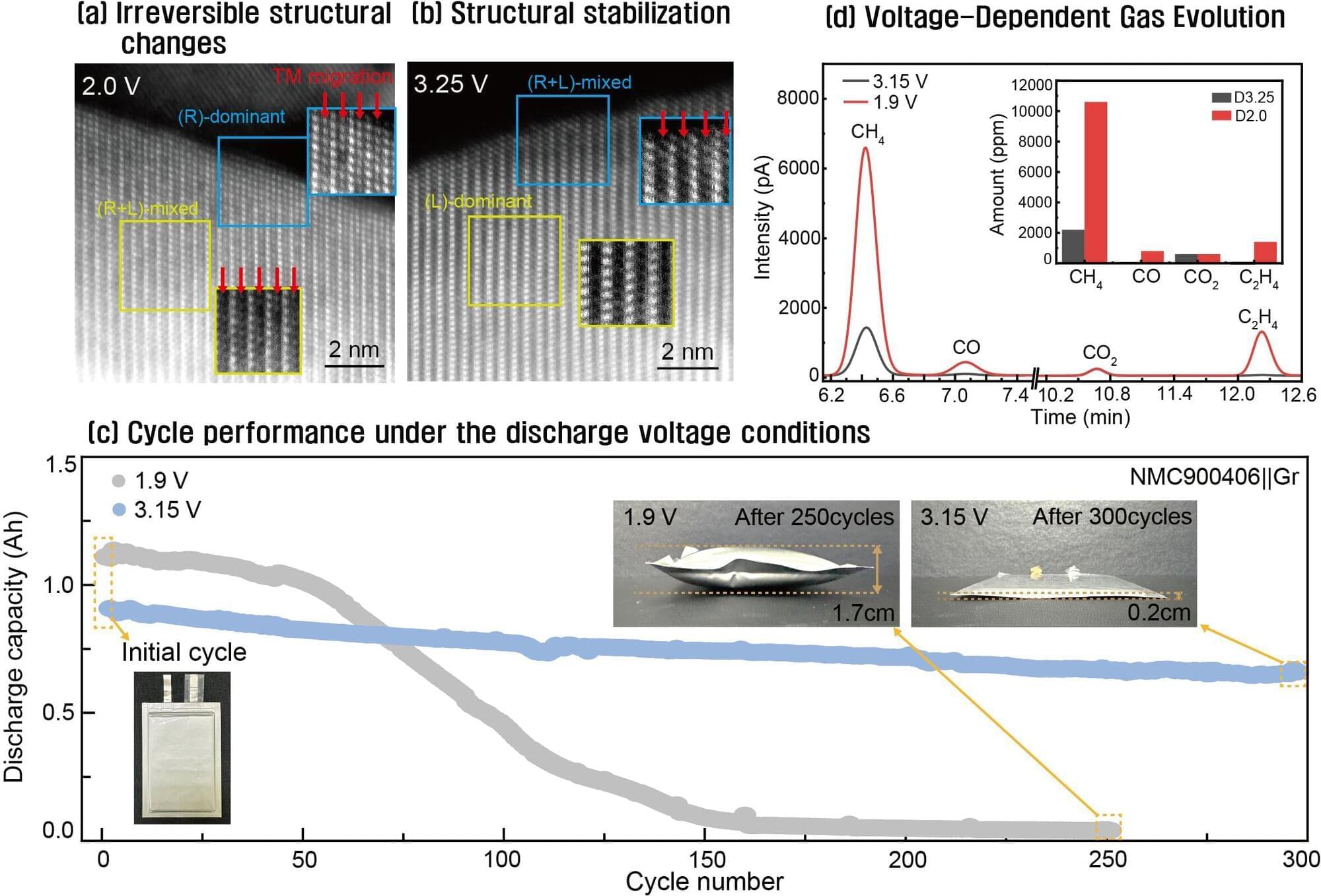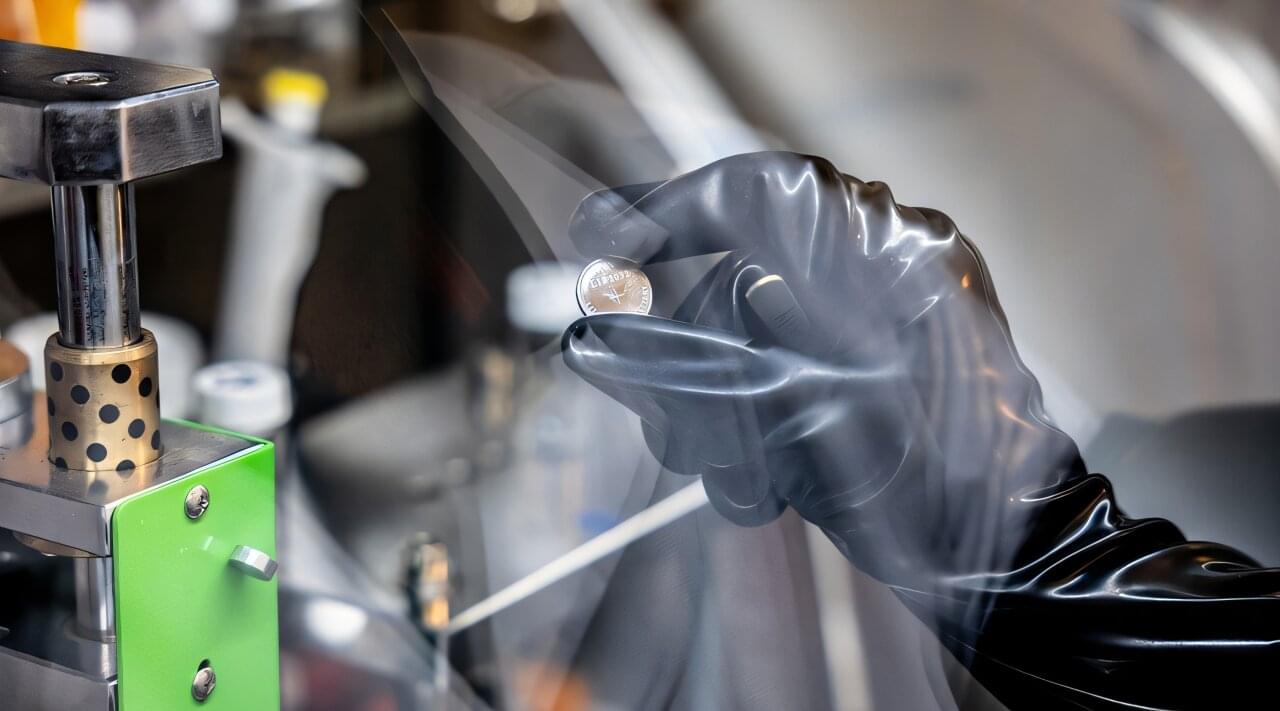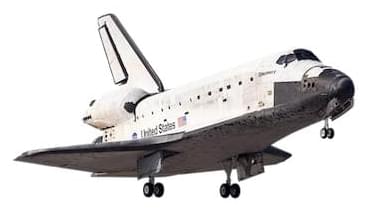Unlike conventional silicon-based solar cells, perovskite solar cells (PSCs) are not only thin and lightweight, but can also be seamlessly applied to curved surfaces, like building facades and vehicle roofs. What’s more, they can be easily manufactured at room temperature using a solution process, leading to significantly reduced production costs.
However, for PSCs to achieve commercialization, it is crucial to develop technologies that maintain high efficiency over extended periods. A research team affiliated with UNIST has successfully made strides in this area. Their work is published in the journal Joule.
Professor Sang Il Seok of the School of Energy and Chemical Engineering at UNIST, along with researchers Jongbeom Kim and Jaewang Park, has developed an interlayer that leverages the specificity of organic cations on the surface of PSCs, simultaneously achieving high-efficiency and durability.
